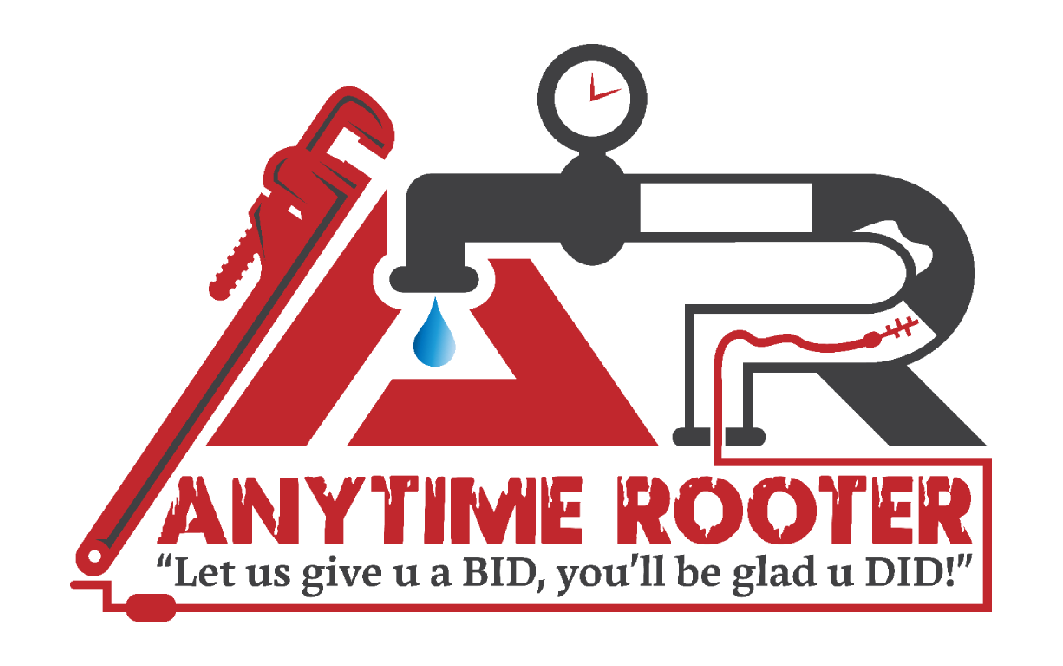Got hair? Chances are you or someone you live with probably does. And if you have also been known to enjoy a hot shower once or twice a week (hopefully more than that), then chances are you have also found yourself with a clogged shower drain. It happens to everyone at some point in their life – don’t worry! In this article, we’re going to show you how to remove hair from a shower drain in just a few simple steps using 3 methods (and we will also tell you which method is the most reliable).
Instead of Googling how to remove hair from your shower drain, try preventing it from getting in there in the first place.
Believe it or not, prevention is better than a cure when it comes to your hair and your drain (and also most things in life). One way you can prevent hair from going down the drain is by using a drain cover. You can find these at most hardware stores, and they are relatively inexpensive. Another way to prevent hair from getting into your drain is by tying your hair up before you get into the shower. If you have long hair, this is especially important. We know it’s not always convenient, but it will save you a lot of time and frustration in the long run.
If you’re reading this, chances are you already have a clogged shower drain and prevention won’t help at this point. If that’s the case, read on below!
Method 1: Baking soda, vinegar, and a plunger.
Everyone knows what happens when you mix baking soda and vinegar together – it fizzes! But did you know that this common grade school science experiment is actually a great way to remove hair from a shower drain?
Step 1: Pour some grease-fighting dish soap into your drain.
The dish soap will help to break up the grease and grime that has built up in your drain, making it easier for the baking soda and vinegar to do their job.
Step 2: Pour a cup of baking soda into the drain.
Next, get a cup of baking soda and pour it into the drain. Try to get as much of the baking soda down the drain as possible, lining the edges of the drain as well.
Step 3. Pour a cup of vinegar into the drain.
Now slowly pour a cup of vinegar into the drain. You will see the baking soda and vinegar start to fizz and foam – this is the chemical reaction you want to see!
Step 4: Pour a pot of boiling water into the drain.
Wait until the fizzing dies down – it should take about a minute. Now, go and collect a pot of boiling water from your stove. Pour the boiling water down the drain, and watch as all of the hair, grease, and grime is flushed away!
Step 5: Plunge away!
Now, simply take your plunger and give the drain a few good plunges. This will help to remove any last bits of hair or grime that may be clinging to the sides of the drain.
Method 2: Use a drain snake or a “zip-it” tool.
A “zip-it” tool is a small, flexible piece of plastic with barbs on one end. You can find these at most hardware stores. It closely resembles plastic barbed wire, and works by grabbing hair and other debris so that you can pull it out of the drain. These tools are used by both plumbers and homeowners, and it’s always a good idea to have 2-3 of these in your home at all times.
Pro-tip: This is our favorite method for removing hair from a shower drain, as it is the most effective and usually requires the least amount of effort.
Step 1: Buy a “zip-it” tool or a drain snake.
Head over to your local home improvement store and buy yourself a “zip-it” tool or a drain snake. If you can’t find either of these, order one online.
Step 2: Insert the tool into your shower drain.
Remove the packaging and insert the tool into your shower drain. Be careful not to push it too far down, as you don’t want to damage your pipes.
Step 3: Wiggle it around to make sure it catches as much hair as it can.
This step is important because you want to make sure the tool catches as much hair as possible. You may need to wiggle it around a bit, so try a few different movements to catch as much hair as you can.
Step 4: Pull it out of your drain and remove the hair from the tool.
Now, simply pull the tool out of your drain and remove the hair from it. If you’re using a “zip-it” tool, the hair will be caught on the barbs. If you’re using a drain snake, the hair will be wrapped around the spiral.
Step 5: Rinse and repeat.
Repeat this process as many times as necessary until you aren’t catching any more hair on your drain snake or “zip-it” tool.
Step 6: Follow up with baking soda and vinegar (above).
You can skip this step if you like, but for good measure, we always like to follow up with a baking soda and vinegar flush (detailed above). This will help to remove any last bits of hair or grime that may be clinging to the sides of the drain.
Method 3: Remove your entire drain and clean it manually.
If the above 2 methods aren’t working for you, then you may need to remove your drain and clean it manually. This is a more involved process, but if you’re handy around the house then it shouldn’t be too difficult for you. Follow the simple steps below, and you’ll be back in business in no time!
Warning: This method should only be used as a last resort, as it is the most invasive and can damage your pipes if not done correctly.
What you will need:
- Flat head screwdriver
- Plug wrench
- Adjustable wrench
- Needle-nose pliers
- Gloves
Step 1: Remove the drain cover.
Use your flat head screwdriver to remove the drain cover. You may need to use a little force, but be careful not to damage the drain cover or it will be difficult to replace.
Step 2: Insert the plug wrench into the crossbar opening of the drain.
Inside of the drain, you will find a crossbar. This is what you will use to remove the drain. Insert the plug wrench into the opening and twist it until it’s tight.
Step 3: Using the pliers, twist the plug wrench counter-clockwise.
Now that the plug wrench is firmly gripped onto the drain crossbar, use the needle-nose pliers to twist it counter-clockwise. This will loosen the drain and allow you to remove it.
Step 4: When the drain is loose, use the pliers to continue loosening the drain until it has been completely removed.
You can remove the plug wrench and continue loosening the drain with the pliers if the drain is loose enough at this point.
Step 5: Remove the drain and wash it in a bucket or your yard.
When the drain is removed, you can wash it in a bucket of soapy water or in your yard. Be sure to remove any hair or debris that may be clinging to the drain before replacing it.
Step 6: Follow these steps in reverse to replace the drain.
When the drain is clean and free of hair and other debris, follow these steps in reverse to replace the drain. Be sure to hand-tighten the crossbar before replacing the drain cover.

